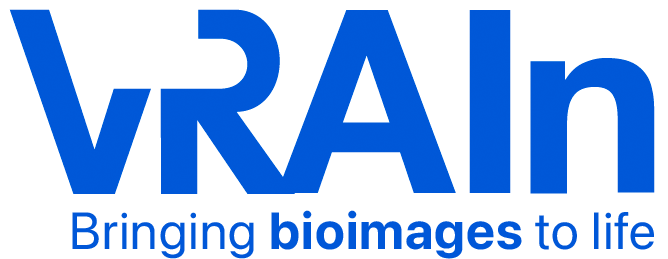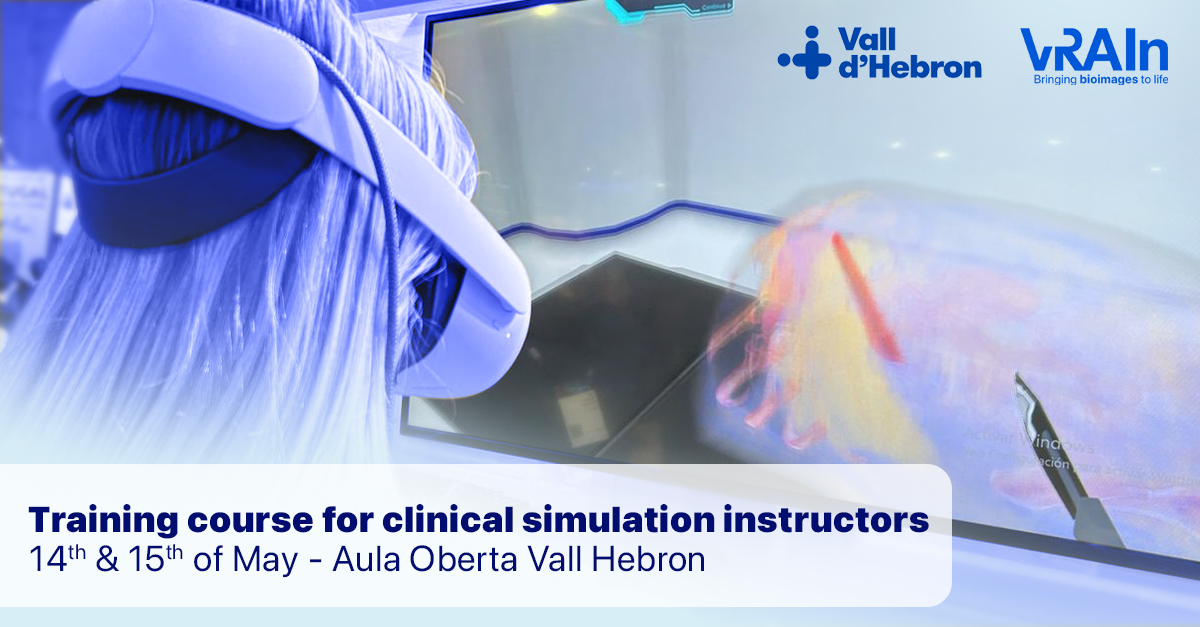Training course for clinical simulation instructors
Training course for clinical simulation instructors.
The 14th and 15th of May Hospital Universitari Vall Hebron – Aula Oberta Vall Hebron is holding the “training course for clinical simulation instructors”. Our Chief Medical Officer Joan Fité MD, PhD is attending this course as trainee’s responsible in the Vascular Surgery Department in Hospital de Sant Pau, in order to enhance abilities for clinical simulations to improve real-life practise.
Medical simulation allows the acquisition of clinical skills through deliberate practice rather than an apprentice style of learning. Simulation tools serve as an alternative to real patients. A trainee can make mistakes and learn from them without the fear of harming the patient. This training methodology is increasingly demanded in modern university hospitals in order to ensure trainees formation and optimizing patient safety. This learning strategy, started and validated in the USA some years ago, is spreading across hospitals and medical academies all over the world because of its good results in technical and non-technical ability learning, and improved real outcomes when applied to real-patient situations.
Current simulations keep somehow limited by physical resources and the inherent limitations of plastic models, fungible materials and carbon print related to this uses.
VRAIn is committed with the improvement in medical training and patient’s safety by developing imaging technologies for surgical simulation and medical data visualization. Our technology enables to immediately process via Cloud and get a VR 3D reconstruction on which clinicians or trainees can navigate, segment, measure, analyse imaging features as a normal DICOM viewer, and also simulate incisions and vascular accesses on this real-patient digital twin. All these can also be simultaneously shared and visualized through Cloud by different people in different physical localizations.
We think our technology can help improve trainee’s formation and patient safety and we are dedicating developing efforts to further develop this VR simulation on digital twins that we think may soon be part of daily clinical simulations in all medical academies. Our company arises from the synergy between engineers, software developers and medical specialists and trainees with the common goal of improving future healthcare and patient safety through optimal medical imaging processing and simulation improvement in order to ensure an optimal training for the future doctors all around the globe.


